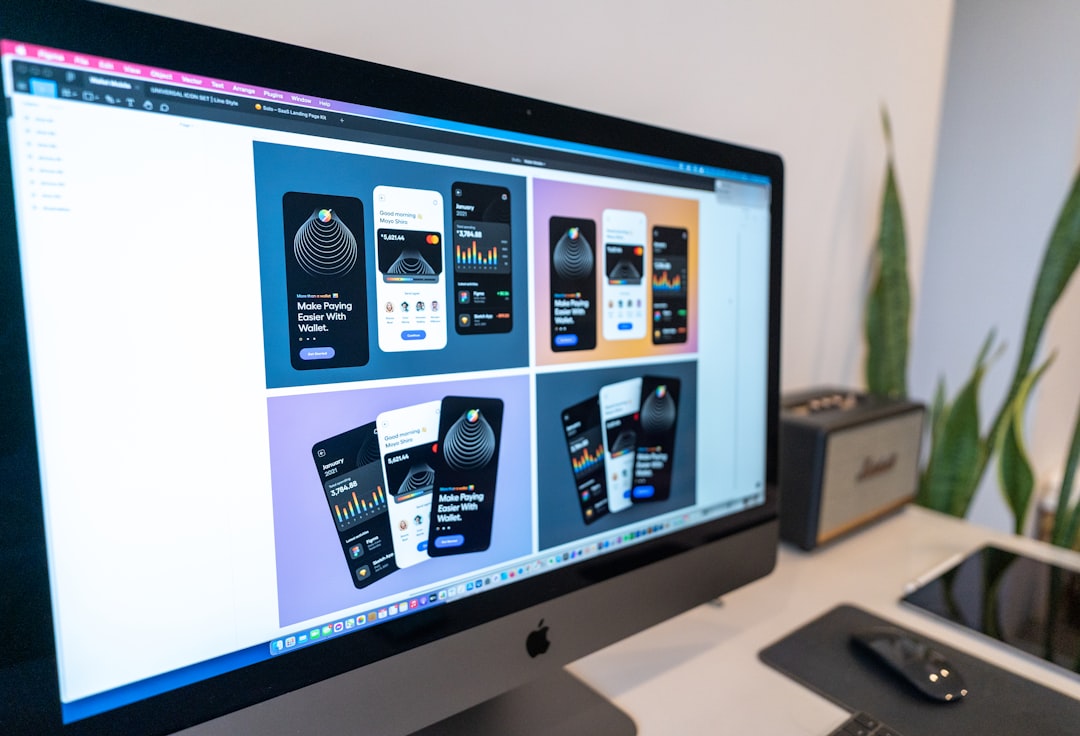Displaying large sets of tabular data on a wide range of devices has become a modern UX challenge. With businesses relying heavily on dashboards, analytics, and content management systems, providing an optimal viewing experience for tables on both desktop and mobile devices is now essential. Traditional table layouts do not scale well on smaller screens, often resulting in frustrating scroll experiences and loss of data comprehension. This is where responsive tables and smart data UX patterns come into play, offering practical and user-friendly solutions to enhance readability and interaction.
Understanding the Challenges of Tabular Data on Small Screens
Tables, by nature, are dense with data. Unlike paragraphs or lists, they are inherently multi-dimensional—structured with rows and columns to convey relationships, summaries, and comparisons. When a table contains more columns than can fit within the viewport of a mobile screen, issues arise:
- Users have to scroll horizontally, which is not an intuitive motion on mobile devices.
- Data points may be disassociated from their headers, causing confusion.
- Value context can be lost when secondary columns are hidden or truncated.
As digital interfaces strive for mobile-first and adaptive designs, resolving these limitations becomes vital in ensuring consistency and usability.
Popular Responsive Table Design Patterns
Designers and developers have responded to these challenges with various data UX patterns to improve mobile table interactions. Below are the most widely adopted solutions:
1. Horizontal Scrolling Tables
One of the simplest and most commonly used approaches is enabling horizontal scroll on tables. This solution retains the full table structure while allowing users to swipe left or right to view overflow content.
Pros: Easy to implement and maintains table structure.
Cons: Can be unusable if critical columns disappear from view or headers are not fixed.
UX enhancements like sticky headers or indicators that suggest scrolling can make this pattern more intuitive.
2. Collapse or Stack Rows
In this pattern, the table is transformed for mobile use by stacking the table data vertically when the screen size is small. Each row becomes a block of labeled data points.
Pros: More mobile-friendly, keeps data contextual with labels.
Cons: Not ideal for tables with many repeated rows or columns as it may create long pages.
For example, a product table with item name, price, and availability would turn into individual cards displaying each data field with labels.

3. Priority Columns with Hidden Content
Prioritizing visible columns and hiding or collapsing secondary columns behind a toggle or drawer is another common mobile strategy. This keeps the most important data points in view but allows access to full content when required.
Pros: Supports compact designs and emphasizes primary information.
Cons: May hide valuable insights if users don’t recognize additional data is present.
4. Scrollable Cards or Data Cards
This approach treats each row of a table as a card and displays it in a swipeable format, ideal for list-oriented data. Each card holds the relevant information in a visually appealing mobile-friendly layout.
Pros: Beautiful UI and user interaction, highly adaptable for various designs.
Cons: Requires more vertical space and styling compared to raw tables.

5. Modal or Expandable Rows
This pattern presents critical information in a table format and augments rows so more details appear when a row is tapped. Often implemented using modals or expanding cells, users explore datasets as needed without overwhelming the interface.
Pros: Keeps mobile display clean while allowing depth on demand.
Cons: Adds complexity and relies on user interaction for full visibility.
Enhancing Responsive Tables with UX Best Practices
While choosing an appropriate responsive table strategy, it’s imperative to incorporate UX design best practices to boost clarity and consistency:
- Use icons and visual cues: Introduce icons like arrows or tooltips to indicate overflow or hidden data.
- Provide sorting and filtering: Especially for large datasets, enabling quick filters and sort options improves usability.
- Maintain header context: Sticky headers or row labels help retain meaning across screen sizes.
- Use zebra stripes or borders: These help separate rows and improve readability on mobile views.
- Test across devices: What works well on a phone may not on a tablet. Consistent testing ensures quality rendering.
When executed properly, a responsive table becomes more than just an adaptation—it transforms into a flexible component that provides agility and accessibility across platforms.
When to Use Certain Patterns
It’s important to evaluate the type and volume of data being presented to determine which responsive pattern is best:
- Use stacking or card layouts for user-facing apps with minimal tabular data fields that require easy scanning.
- Use horizontal scrolling for tables meant for data analysts or who need access to wide datasets.
- Use expandable rows when different rows contain variable types of data or supplementary information.

In dynamic applications like admin dashboards or analytics-heavy platforms, a combination of patterns may be the most effective. Offering users choices for viewing data, such as “Compact View” vs. “Expanded View,” adds flexibility and caters to diverse user needs.
Accessible and Semantic Considerations
While focusing on responsiveness, it is crucial not to compromise accessibility. Tables should follow semantic structure, using proper <table>, <thead>, <tbody>, and <th> tags. For screen readers, ensure that important relationships (like headers and cells) are retained.
Additionally, buttons, toggles, or interactions that reveal hidden information should be labeled clearly and focus-friendly to support screen navigation.
The Rise of Data Grids and Table Frameworks
Modern frontend frameworks are stepping up to streamline responsive table implementations. Popular solutions like DataTables, AG Grid, Handsontable, and Tabulator offer customizable plugins and APIs to control responsive behavior, export, filtering, and more. These tools help developers handle complexity without reinventing the wheel.
CSS grid and flexbox have also made building responsive tables with native HTML and CSS far more manageable, and creative UI libraries like Tailwind’s plugin ecosystem push innovation further.
Ultimately, responsive tables are not just about shrinking dimensions—they represent a mini-ecosystem of possibilities that bring clarity, usability, and beauty to complex datasets across devices.
FAQs on Responsive Tables and Data UX Patterns
-
What is a responsive table?
A responsive table is a layout that adjusts to different screen sizes and devices, ensuring that tabular data remains readable and accessible on both desktop and mobile. -
Which responsive design pattern is best for mobile data?
It depends on context. For minimal fields, use stacked or card layouts. For detailed analytics, horizontal scroll or expandable rows may work better. -
Can I use multiple patterns together?
Yes. Combining patterns such as scroll for wide tables and modals for row details can offer flexibility and enhance UX. -
Are responsive tables accessible?
They can be if built semantically with proper tags and ARIA attributes. Interaction elements should be keyboard-friendly and communicative. -
What tools help with responsive tables?
Libraries like DataTables, AG Grid, and React Table offer built-in responsive features. CSS frameworks like Bootstrap and Tailwind also provide utilities for layout responsiveness.
In conclusion, modern web UX requires a thoughtful reimagining of tabular data. By leveraging responsive table patterns and incorporating accessible design, developers can ensure that data remains actionable, readable, and delightful—no matter the screen size.








